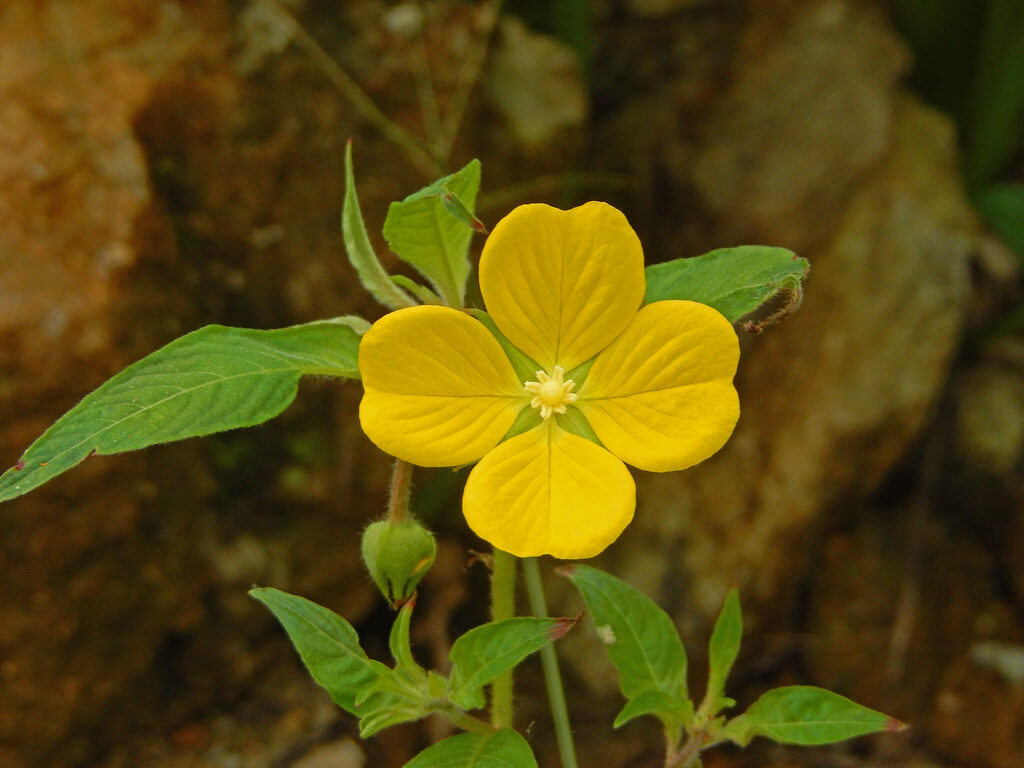Australian Plant Census (2011) available at: Vascular Plants APNI (biodiversity.org.au)
Australia’s Virtual Herbarium (AVH) (2007). Council of Heads of Australian Herbaria (CHAH). Available at: Home - AVH (chah.org.au)
Campbelltown City Council (undated). Ludwigia - Ludwigia peruviana Noxious Weeds Profile Sheet.
Ensbey, R. (2004). Noxious and environmental weed control handbook, 2004-2005. A guide to weed control in non-crop, aquatic and bushland situations. NSW Agriculture.
Harden, G.J. (2007). Ludwigia peruviana (L.) H.Hara. in PlantNET - The Plant Information Network System of Botanic Gardens Trust, Sydney, Australia (Version 2.0). Available at: PlantNET - FloraOnline (nsw.gov.au)
Jacobs S. W. L., Perrett F., Sainty G. R., Bowman, K.H. & Jacobs, B. J. (1994). Ludwigia peruviana (Onagraceae) in the Botany Wetlands near Sydney, Australia. Aust. J. Mar. Freshwater Res., 45, 1481-90.
NSW Agriculture (undated). Sydney-wide Regional Ludwigia Management Plan. Regional Weed Management Plan.
Parsons, W.T. and Cuthbertson, E.G. (2001). Noxious Weeds of Australia. CSIRO Publishing,Victoria.
Sainty, G.R. & Jacobs, S.W.L (1981). Water Plants of New South Wales. Water Resources Commission,New South Wales.
Thorp, J.R. & Wilson, M. (1998 - ) Weed Identification – Primrose Willow. Weeds Australia, Australian Weeds Committee.



































